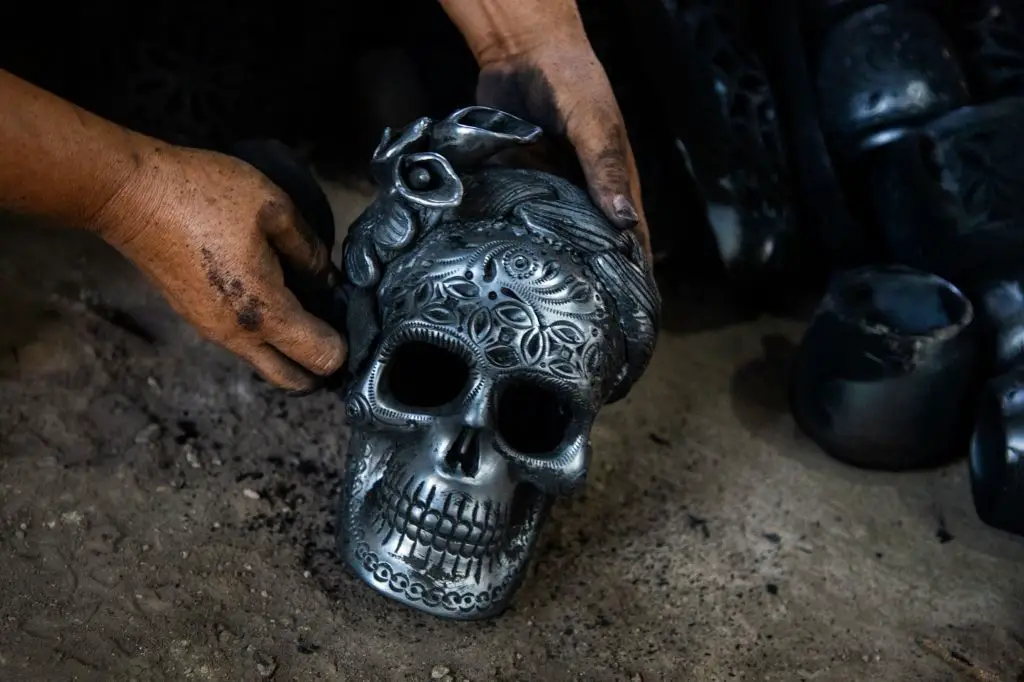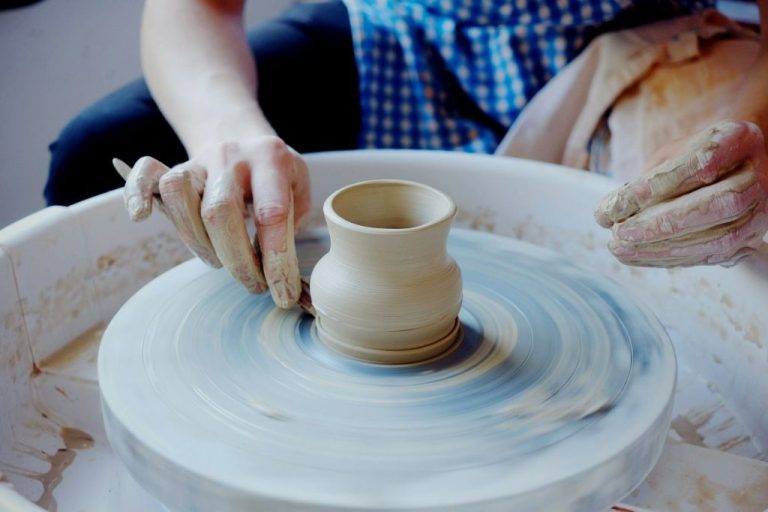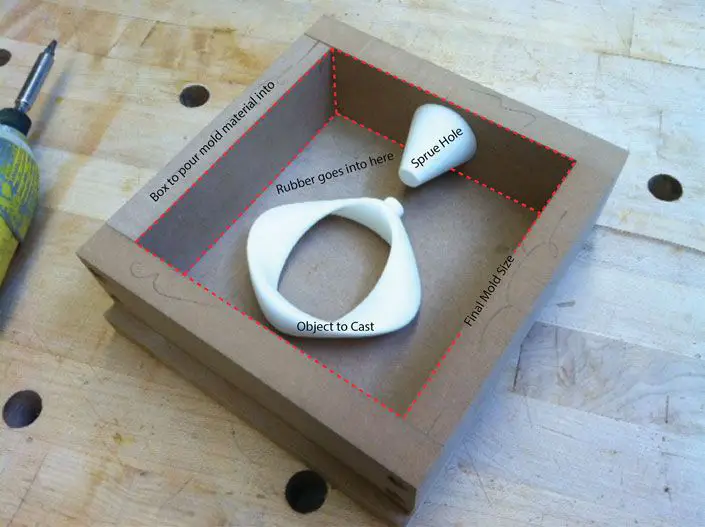How Do I Know If My Mexican Pottery Is Lead Free?
Mexican pottery refers to clay pots, plates, mugs, and other objects made in Mexico using traditional techniques. Many pieces are decorated with bright colors and designs. While beautiful, some Mexican pottery contains lead which can leach into food and cause lead poisoning if used regularly for cooking or serving food.
Lead is a toxic metal that is harmful even in small amounts, especially for children whose brains are still developing. Long-term exposure to lead can cause learning disabilities, developmental delays, and other serious health effects. When lead is mixed into a glaze and fired onto clay, it can leach into acidic foods and liquids. Using lead-glazed pottery on a regular basis poses a significant health risk.
It is important to identify Mexican pottery that is lead-free and safe for food use. This involves understanding how to recognize lead glazes, test pottery, and look for markings that guarantee an item is lead-free. Doing so reduces the chance of lead exposure when using Mexican pottery.
Types of Mexican Pottery
Some of the most common types of traditional Mexican pottery include:
- Talavera – A type of majolica pottery that originated in Spain but was later produced in Mexico. Talavera pottery is distinguished by its white base glaze and bright colors. Common Talavera patterns include flowers, birds, and geometric designs. Talavera pottery is produced in places like Puebla, Dolores Hidalgo, and Guanajuato (Wikipedia).
- Barro Negro – A polished black clay pottery that originated in Oaxaca. Barro negro pieces are formed completely by hand and burnished to create the black finish. Common barro negro vessels include jars, vases, cups, and plates (Pottery English).
- Mata Ortiz – A style of pottery made in northern Mexico inspired by ancient Casas Grandes pottery. Mata Ortiz pottery features geometric patterns, birds, fish, and Southwestern motifs painted in black, red, white, and orange. The pottery has thin walls and a matte finish (Pottery English).
Lead Glazes

Lead glazing of Mexican pottery has a long history going back to the 16th century when potters from Talavera de la Reina in Spain emigrated to the new settlement of Puebla, Mexico. They brought with them the techniques for making majolica pottery which involved applying a glaze containing lead oxide to ceramic pieces before firing them in a kiln (https://en.wikipedia.org/wiki/Mexican_ceramics). Lead oxide was a key ingredient in these glazes because it helped lower the melting temperature, making glazes easier to work with. It also produced a glossy, opaque white finish that was ideal for applying colorful decorative designs on top.
By the early 20th century, potters in Mexico were still using lead-based glazes, especially in the Santa Maria Atzompa area known for fine glazed pottery. Lead glazes remained popular because they were inexpensive, accessible and yielded excellent results (https://www.texasmonthly.com/news-politics/lead-reckoning-the-dish-on-talavera/). However, it was also recognized that lead leaching from glazes into food and drinkware could cause lead poisoning. Efforts have been made more recently to shift to lead-free glazes, but lead glazing persists in some areas.
Testing Methods
There are a few different options for testing your Mexican pottery for lead:
At-home lead testing kits are available from many hardware stores, online retailers, and even some art supply stores. These kits usually contain testing swabs that you dip in water and then rub on the pottery glaze. The swab will change color within about 30 seconds if lead is detected, with the shade of color indicating the concentration level. At-home kits are affordable, convenient to use, and provide quick results. However, they may not detect lower levels of lead and do not give an exact measurement like lab testing.
For the most accurate results, pieces can be professionally tested at an accredited laboratory. This type of testing can precisely measure the ppm (parts per million) of lead detected. Labs may require you to send a broken shard of the pottery or can test the item on-site if dropped off. While professional testing provides definitive results, it is more expensive and takes longer than instant at-home kits.
According to the FDA, lead-glazed pottery should not exceed 0.5 ppm of lead when tested via lab methods [1]. At-home kits may show positive results at or above this level.
Identifying Lead-Free Marks
One way to identify lead-free Mexican pottery is to look for certain marks on the bottom or back of the piece. Many makers will include symbols or words indicating that lead was not used in the glazing or production process. Some common lead-free identifiers to look for include:
The “OL” symbol. This stands for “sin plomo” which means “without lead” in Spanish. Pieces marked with the OL logo have been certified as lead-free.
The words “Lead Free” in English. Some makers will just write out “Lead Free” rather than use a symbol.
“LF” marking. This stands for “lead free” in abbreviation.
Green stickers or tags. Some lead-free pottery will have a green sticker on the bottom or a attached green tag. Green indicates no lead.
A clay seal imprint. High-end lead-free pieces may have a stamped seal in the clay rather than paper sticker or tag.
Made in the USA. Pottery that is produced in America will be lead-free due to regulations.
In addition to markings, the glaze on lead-free pottery will have an opaque, glossy finish rather than a transparent glaze.
Alternative Glazes
Many modern lead-free glazes use alternative materials like tin oxide and zinc oxide instead of lead. Popular lead-free glaze options include:
Tin-based glazes – Tin acts as a flux in glazes, promoting glass formation at lower temperatures. According to the article Lead Free Super Clear Dipping Glaze – 1 Gal, tin-based glazes like Colorobbia’s Lead Free Super Clear glaze are durable, dishwasher safe, and meet FDA standards for dinnerware.
Zinc-based glazes – Zinc oxide helps glazes become more transparent and promotes a glossy surface. As explained in Cadmium And Lead-free Glazes In Dinnerware Explained, zinc-based glazes are popular for creating brighter colors and crystal clear finishes.
These lead-free alternative glazes allow potters to achieve beautiful results comparable to lead glazes, while being safer for use on functional ware. When sourcing lead-free pottery, look for pieces made with modern tin-based and zinc-based glazes.
Lead Exposure Risks
Lead exposure, especially in children, can be extremely dangerous. According to the FDA, lead is especially harmful to vulnerable populations like infants, young children, and pregnant women.1 Even low levels of lead exposure in children can cause damage to the brain and nervous system, slowed growth and development, learning and behavior problems, and hearing and speech problems.
Specifically, ingesting lead can impair a child’s cognition, resulting in decreases in IQ scores, poor academic achievement, and problems with memory, attention and behavior.2 The effects seem to be greater in children under the age of six, as their developing brains are more susceptible to lead toxicity. Lead stored in bones can be released later in life during pregnancy, lactation, and menopause, posing dangers at additional life stages.
In adults, lead exposure can increase risk of high blood pressure, heart disease, kidney damage and reduced fertility. Pregnant women exposed to high lead levels face increased risk of miscarriage, premature birth, low birth weight, and minor malformations in the developing fetus.
Safety Tips
If you have pottery that may contain lead glaze, here are some tips to use it more safely:
- Do not use suspect pottery for cooking, serving, or storing food and drinks, especially acidic items like tomatoes, citrus, and vinegar which can increase lead leaching (Source: FDA).
- Avoid microwaving food in lead-glazed pottery as it can increase lead exposure (Source: DCCEEW).
- Wash hands after handling leaded pottery.
- Dust leaded pottery frequently with a damp cloth to minimize lead dust accumulation.
- Store leaded pottery away from food items.
- Supervise children closely when leaded pottery is displayed to prevent mouthing.
While occasional use may pose low risk, prolonged and frequent use of lead-glazed pottery for cooking or serving food is not recommended. Test your pottery and when possible, opt for confirmed lead-free pieces for food contact uses.
Sourcing Lead-Free Pieces
When shopping for Mexican pottery, it’s important to source ethical, lead-free pieces. Many small shops and artisans are now using lead-free glazes and clays. According to https://ibarraimports.com/collections/lead-free-mexican-clay, the Mexican clay they use is high-quality and lead-free, making their pottery safe for everyday use.
Sites like MexGrocer also emphasize their pottery is lead-free and safe. Responsibly sourcing handmade pottery ensures artisans don’t risk lead exposure while creating pieces. Seek out makers who fire at lower temperatures, use natural pigments in glazes, and highlight their lead-free process.
Support fair trade cooperatives bringing lead-free pottery to market. With awareness and safer practices, traditional Mexican pottery can be enjoyed without worry of lead.
Conclusion
Mexican pottery is a beautiful and cherished folk art tradition. However, some older pieces were glazed with lead, which can pose health risks if used for serving food. Lead exposure is especially concerning for children. There are tests available to determine if a piece contains lead, such as lead check swabs or XRF testing. Look for maker’s marks indicating lead-free status. Choosing newer pieces with lead-free glazes is the safest option. Handmade ceramic dishes from Mexico make lovely decorations, but avoid using antique or unknown pieces for eating and drinking. Prioritizing lead-free and lead-safe Mexican pottery preserves this craft while protecting yourself and your loved ones.





